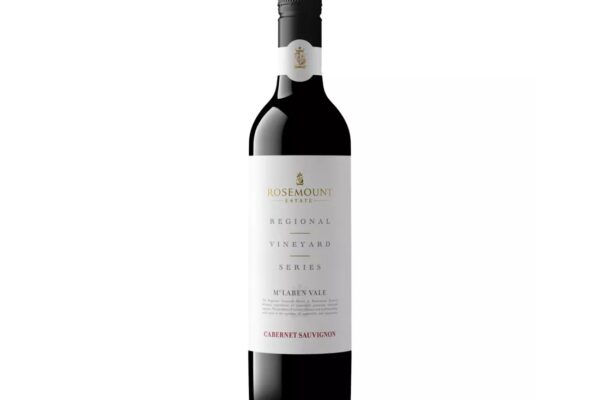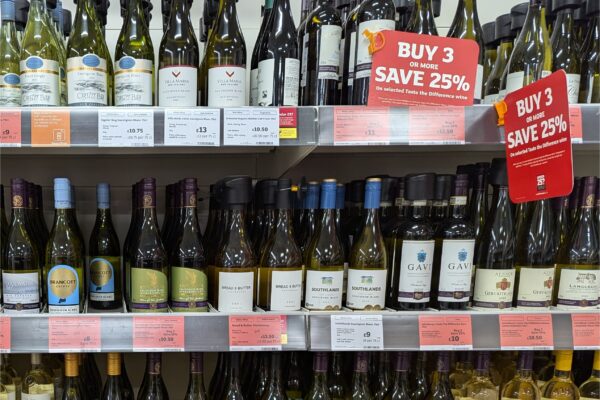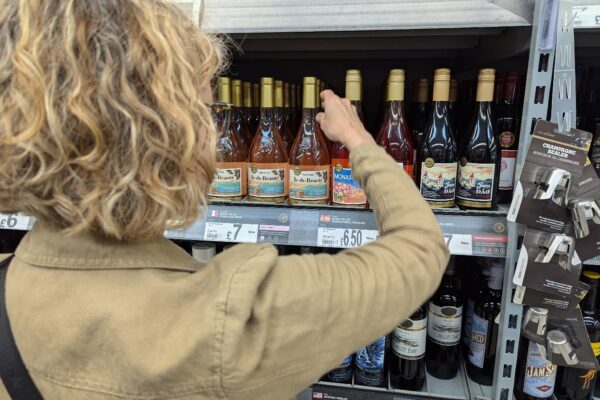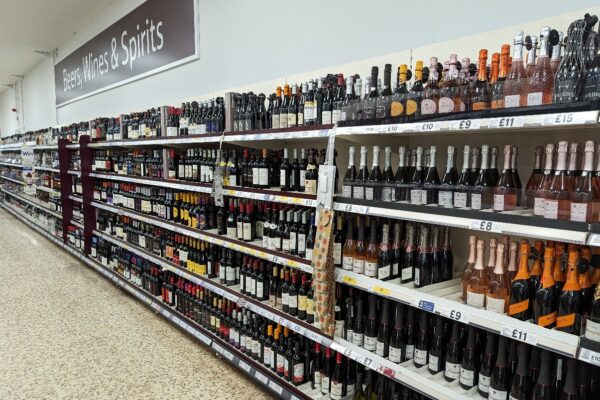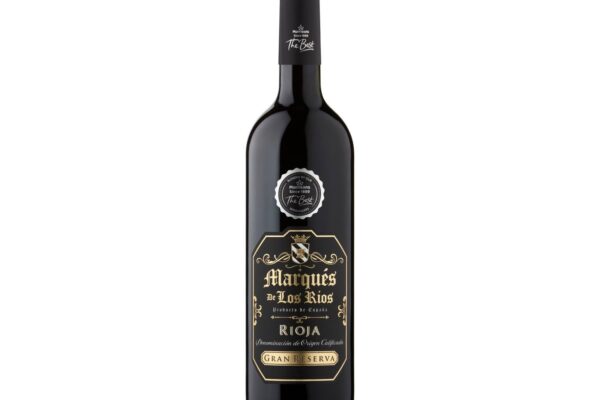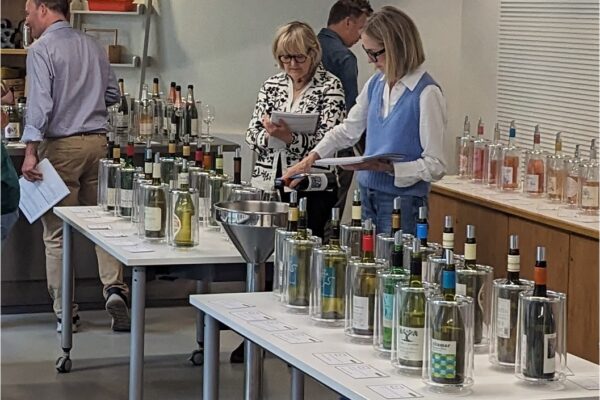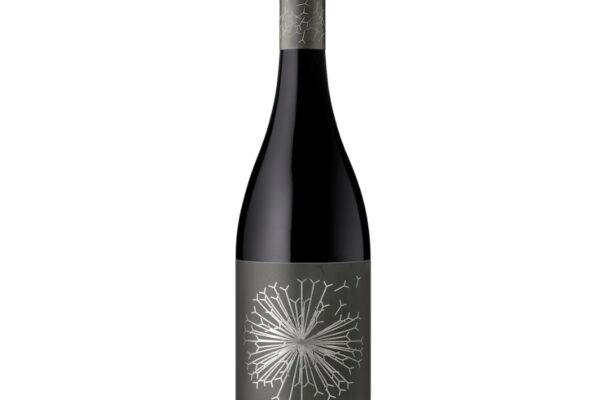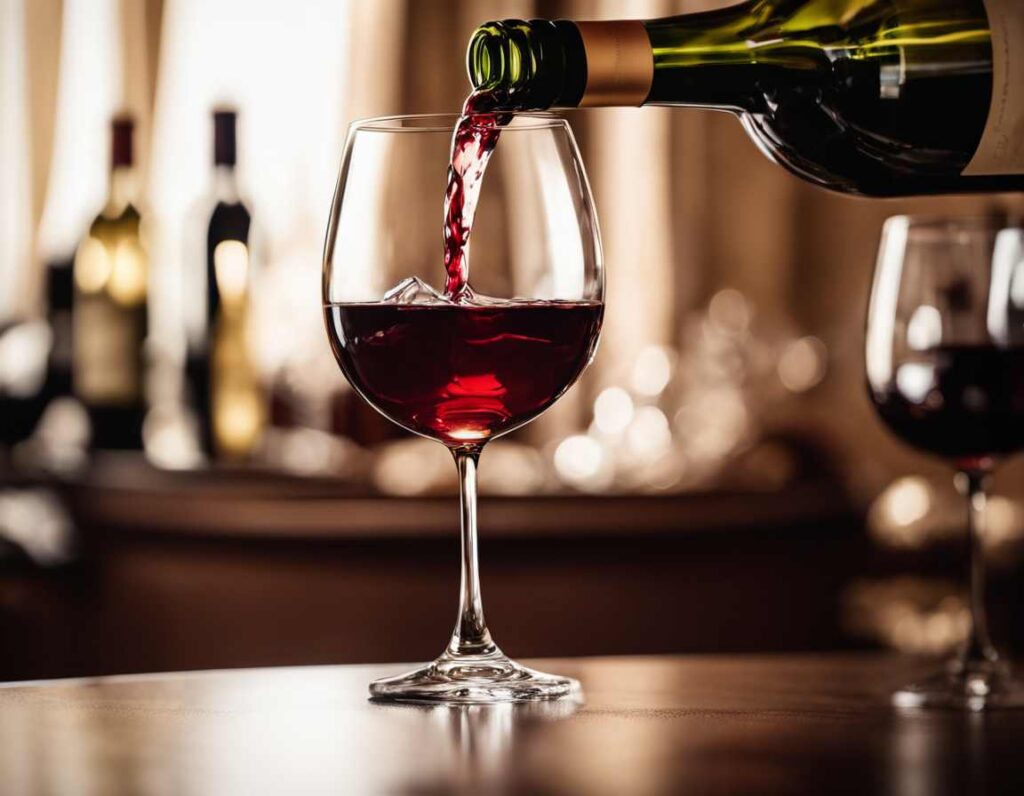
There’s new research (PDF) from Maria Kana of Linnaeus University into the language used in wine reviews, particularly the adoption of standardised wine vocabularies like the Wine Aroma Wheel (WAW) and the Wine Lexicon of the Wine and Spirit Education Trust (WSET). The study aimed to understand how closely professional wine reviewers stick to these standard lexicons versus opting for individual expression.
The research revealed that 65.79% of terms used in reviews adhered to the WSET vocabulary, which is frequently updated to reflect current industry practices. In contrast, terms adhering to the older WAW framework, last updated in 1987, accounted for 47.06%. However, there’s a significant overlap between the two, with 39.16% of terms being common to both.
WAW was a pioneering tool in its time, providing a standardised language for wine descriptors. However, language evolves due to various factors, including cultural shifts, technological advancements, and globalisation. For instance, terms like natural wine and orange wine have become popular recently, and there’s a growing discussion about making wine descriptors more inclusive, moving away from Euro-centric terms. WAW specifically avoided descriptors with value judgments, whereas WSET includes them.
The research also highlighted the significance of non-standardised terms in wine reviews, which made up 26.31% of the dataset. These terms offer a glimpse into the diverse sensory impressions of reviewers, often linked to food and beverages. Terms like “juicy”, “dark”, and “crisp” were analysed in-depth, showing their potential to enhance wine reviews.
In conclusion, while the language of wine remains consistent, it’s also evolving. The wine industry is recognising the need to be more inclusive, especially as wine consumption becomes more global. The study suggests that future research could focus on creating a controlled vocabulary system for the wine sector, which, despite its challenges, could streamline wine descriptions and promote better communication.






